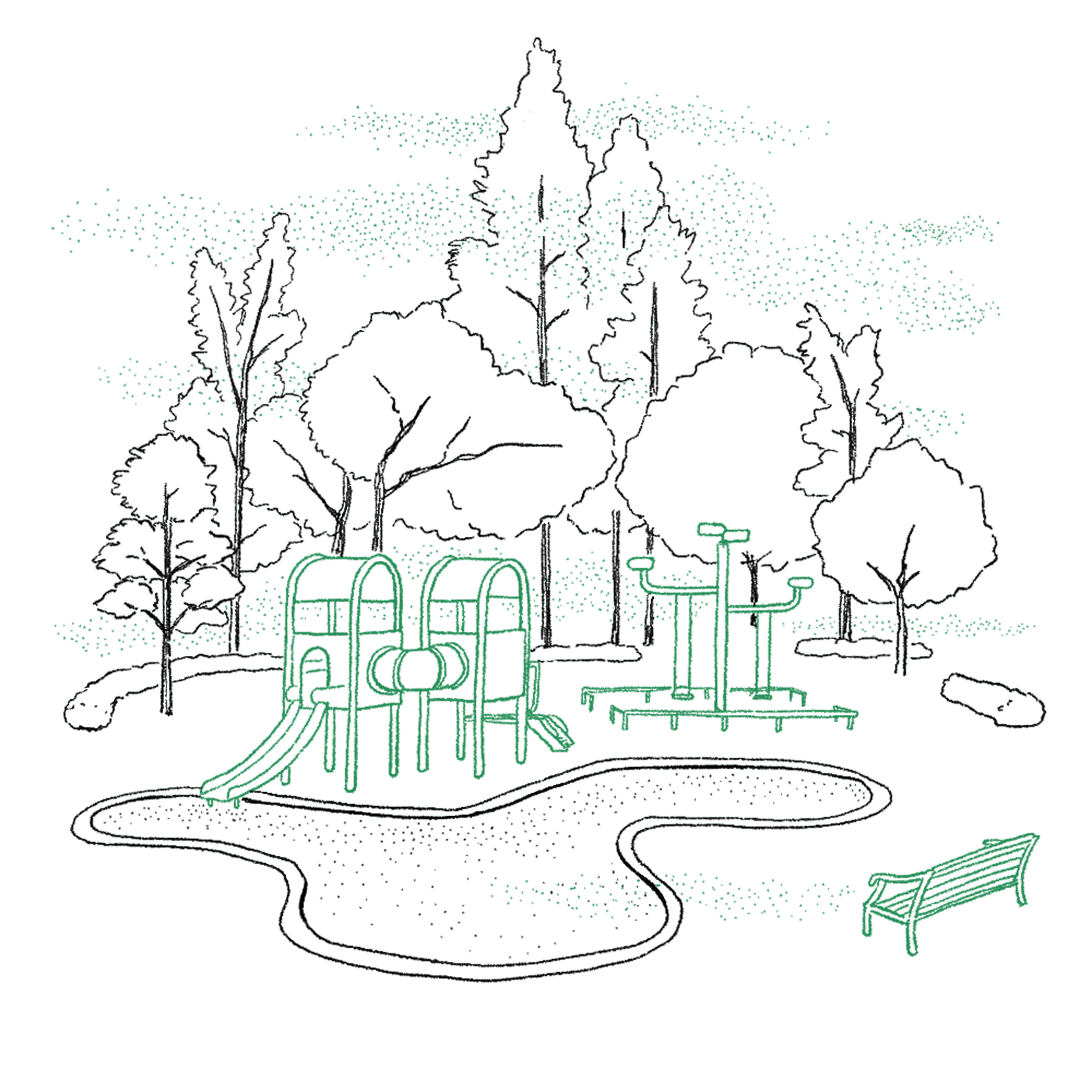Taylor Swift made her debut at the age of 16 and won the Grammy Award for Best Album for her second album “Fearless” at the youngest age of 20. Originally she was from country music, although she has boldly crossed the boundaries of genres such as pop, rock, R & B, and dance music, and has born countless hit songs. In this self-restraint life of CONVID-19, the songs produced remotely invite you to a fantastic world with an acoustic tone. Ryoichi Niimoto, a writer in Brooklyn, will read Taylor’s song, which was suddenly released at midnight on July 23, 2020, without announce.
I am a contrary person from birth. I wasn’t very interested in the musician who was overwhelmingly popular and was at the top of the hit chart every time a new album was released, and there are many songs that I missed because my silly prejudice.Until recently, Taylor Swift was such a musician for me. Probably I wouldn’t listen her latest work “folklore” without the involvement of indie rock people such as Aaron Dessner (The National) and Bon Iver. However, not being a fan and inexperienced listening gave me the opportunity to face this album without prejudice and preconceived. Throughout the album, I got affinity with Taylor Swift and her music.
Then, what is the “affinity” comes from the introspective nature of each song. It’s like when I first listened to Bon Iver’s “For Emma, Forever Ago” (2008) and, further back, John Lennon’s “John’s Soul” (1970).
Slow the rhythm, avoid elaborate performances, and bring the singing to the fore. The music common to these works makes the listener feel as if they are looking inside the musician. However, the difference between the two works is that Iver and Lennon voluntarily made an album in the studio, while Taylor had no choice but to put himself /in that isolated space.
It shows the current state of society at the mercy of the CONVID-19. To prevent infection, she wrote and completed the songs on the album, limiting her activities such as interacting with fellow musicians and people involved in her production.
These inconveniences are, of course, encountered not only by her, but by people all over the world as well. In other words, when everyone is exposed to everyday life and situations where they have come to reassess themselves, a tight bond is created between the musician and the listener, and even if not a longtime fan like me, you can empathize with her songs.
The above affinity means such a connection that arose from the predicament, and the recorded song “exile” strongly reflected this. The song co-starred with Iver, superficially talks about the love between men and women and their catastrophe, but the deep part of the song has a sadness suddenly thrown into the world of loneliness
I can see you standing, honey
With his arms around your body
Laughin’, but the joke’s not funny at all
And it took you five whole minutes
To pack us up and leave me with it
Holdin’ all this love out here in the hall
I think I’ve seen this film before
And I didn’t like the ending
You’re not my homeland anymore
So what am I defending now?
You were my town, now I’m in exile, seein’ you out
I think I’ve seen this film before
The situation of the song is to leave the person who was a lover, but it is interesting to use the words “homeland” and “my town” for the person who has left. For those left behind, no matter what they do outside, no matter how long they are, it is a place where they can return, and it shows that they were once a strong bond.
Their reliance place that seemed immovable disappeared from their front, or a person who is left alone, lacking something like a pillar that supports the place of their homeland, has no choice but to dwell on the the past and be confused.
I can see you starin’, honey
Like he’s just your understudy
Like you’d get your knuckles bloody for me
Second, third, and hundredth chances
Balancin’ on breaking branches
Those eyes add insult to injury
I think I’ve seen this film before
And I didn’t like the ending
I’m not your problem anymore
So who am I offending now?
You were my crown, now I’m in exile, seein’ you out
I think I’ve seen this film before
So I’m leaving out the side door
What catches the eye here is the part where the lover “leaving out the side door”. It is an expression reminiscent of a house, and the feeling of loss that the nest of love created by the two of them no longer exists exudes.The feeling of loss can also be seen as a feeling of everyday life that has continued. It is the situation where I feel the gratitude of the “home” for the first time after losing it, and know how much I have relied on and how much I have loved.
From that point of view, I feel that it is similar to the situation we are in now. The calm days before the spread of the corona infection are gone far away, and the loneliness and emptiness that we are soliciting to miss and remember those times will be further synchronized in the latter half of the song.
So step right out, there is no amount
Of crying I can do for you
All this time
We always walked a very thin line
You didn’t even hear me out (You didn’t even hear me out)
You never gave a warning sign (I gave so many signs)
All this time
I never learned to read your mind (Never learned to read my mind)
I couldn’t turn things around (You never turned things around)
‘Cause you never gave a warning sign (I gave so many signs)
So many signs, so many signs
You didn’t even see the signs
Ignoring the repeated danger signals, I am at a loss as a result of the catastrophe of love.
It’s like a mirror image of politicians who didn’t face reality and our indifference to politics, while being warned of global infectious diseases by scientific data.
Even a pop star that everyone knows would have been overwhelmed by the catastrophe of love, the inconvenience of a pandemic, and the misfortune of a huge number of casualties. I can see Taylor Swift’s ingenuity and sensibilities in singing that feeling and creating a horizontal connection with people.
Text Niimoto Ryoichi
Illustration Masatoo Hirano
Edit Sumire Taya




